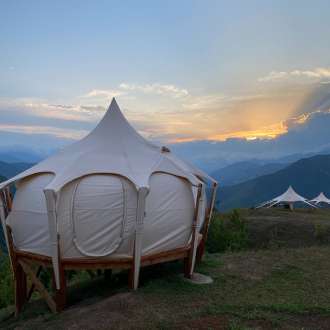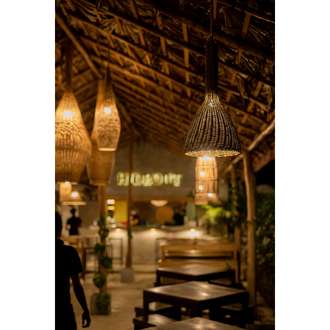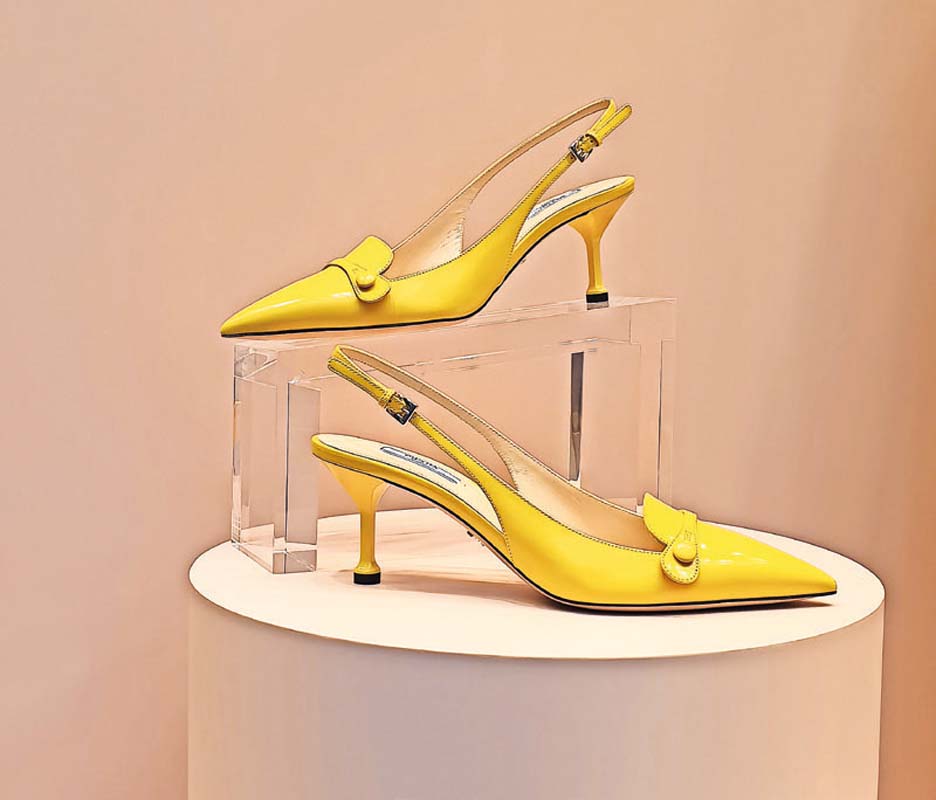
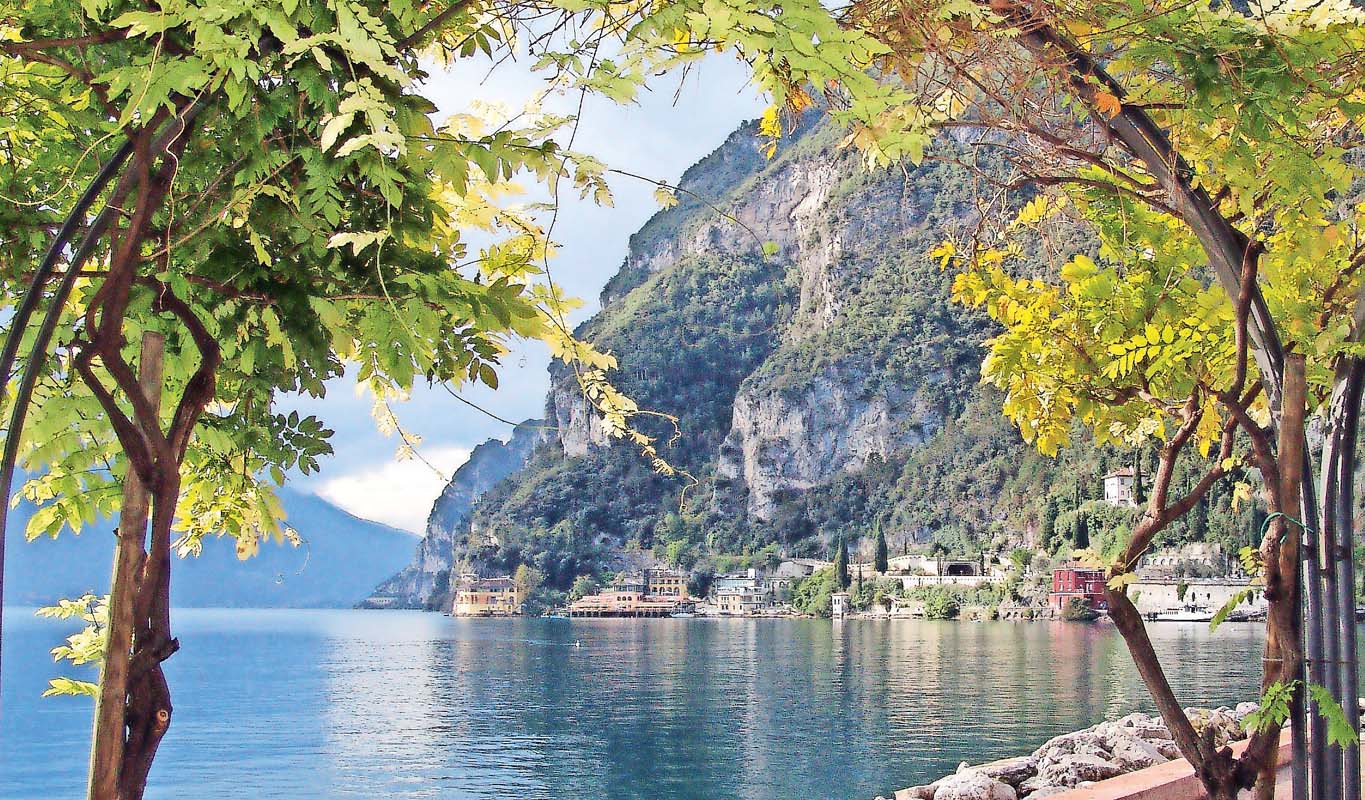
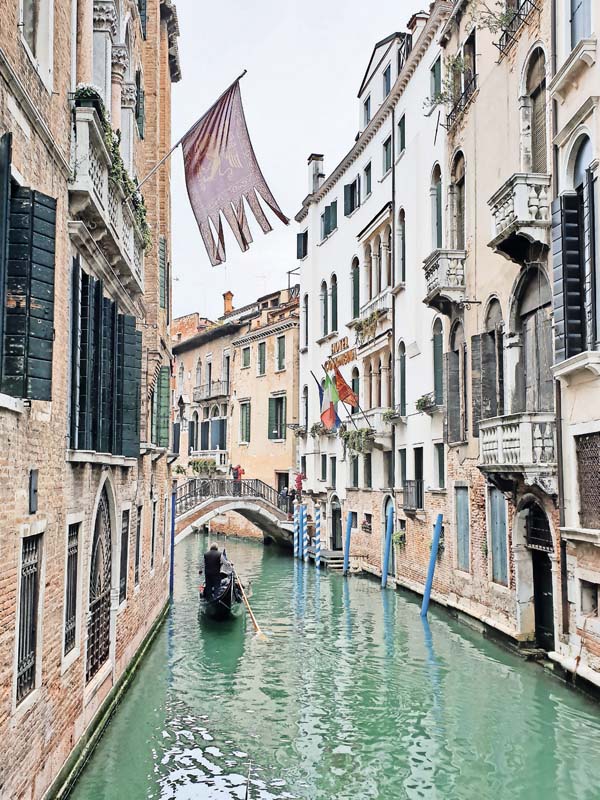
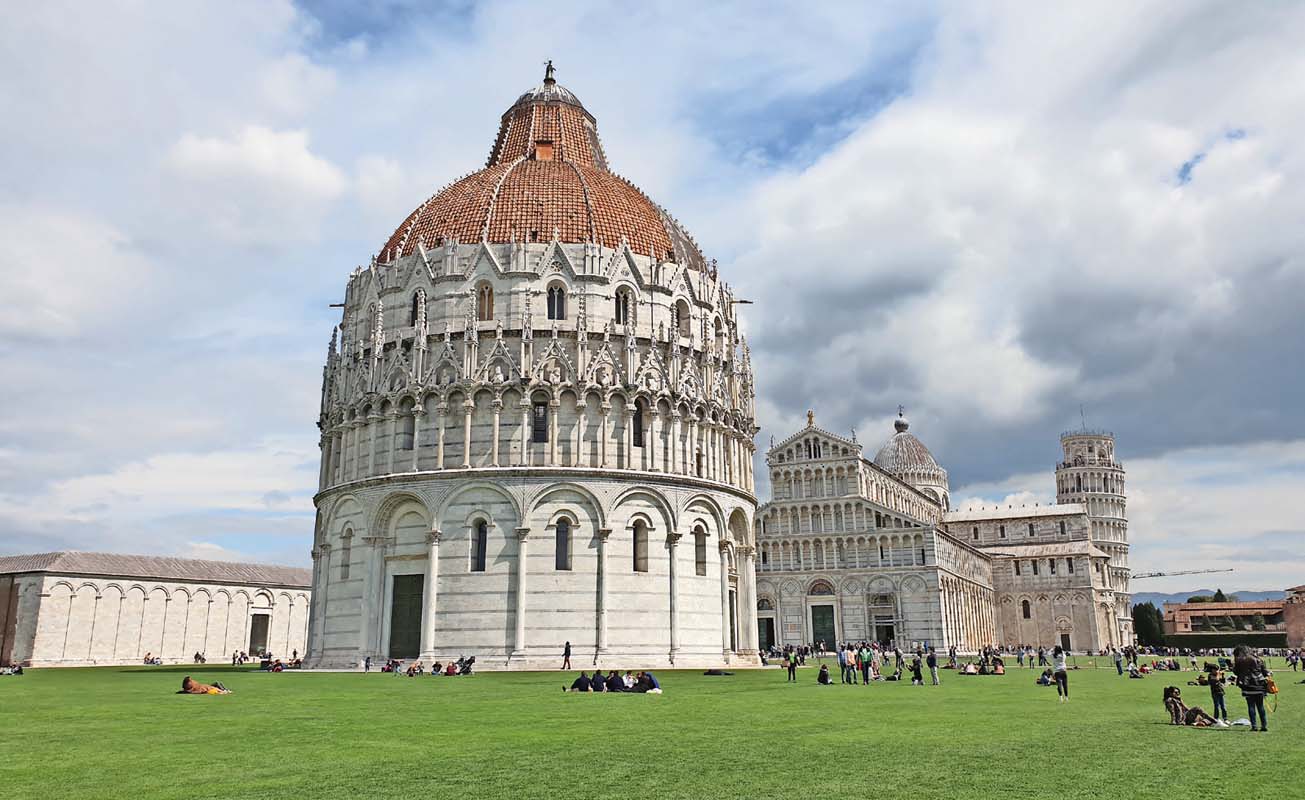

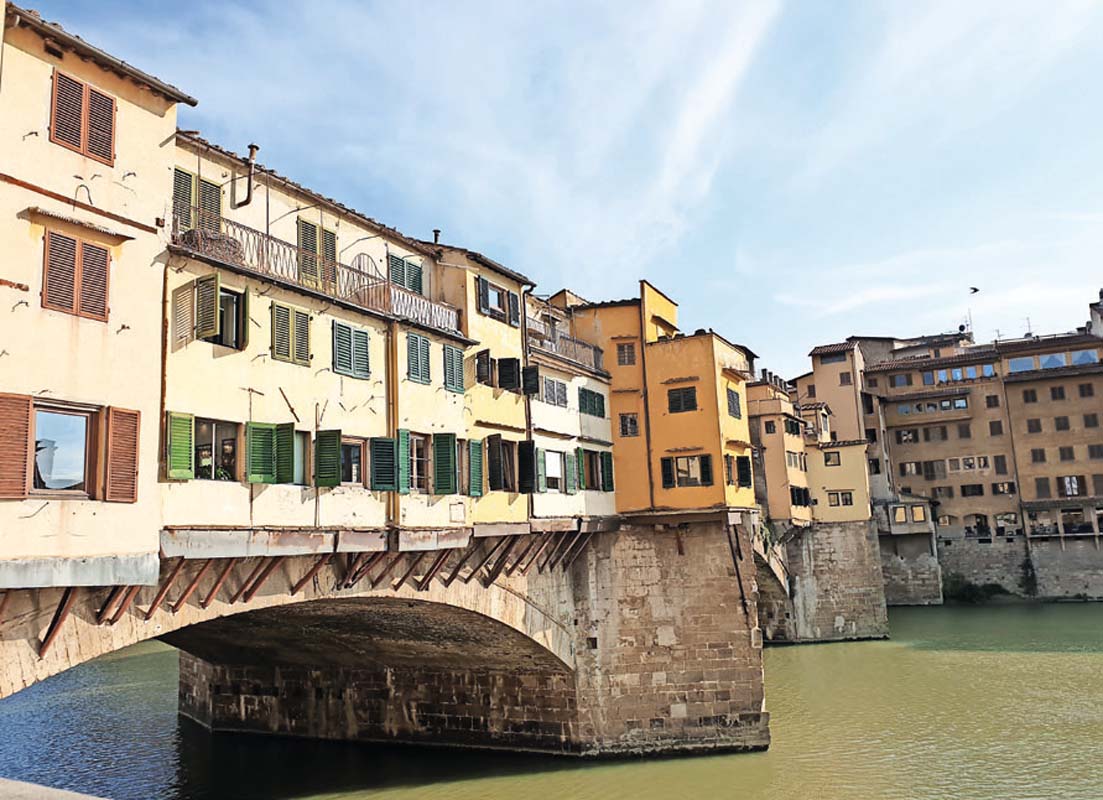
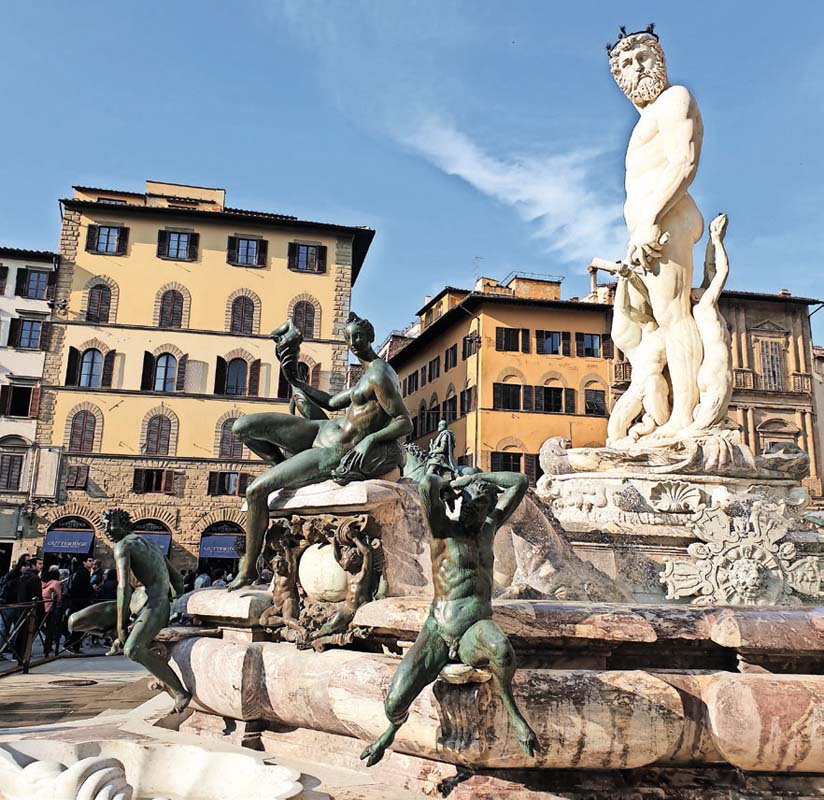
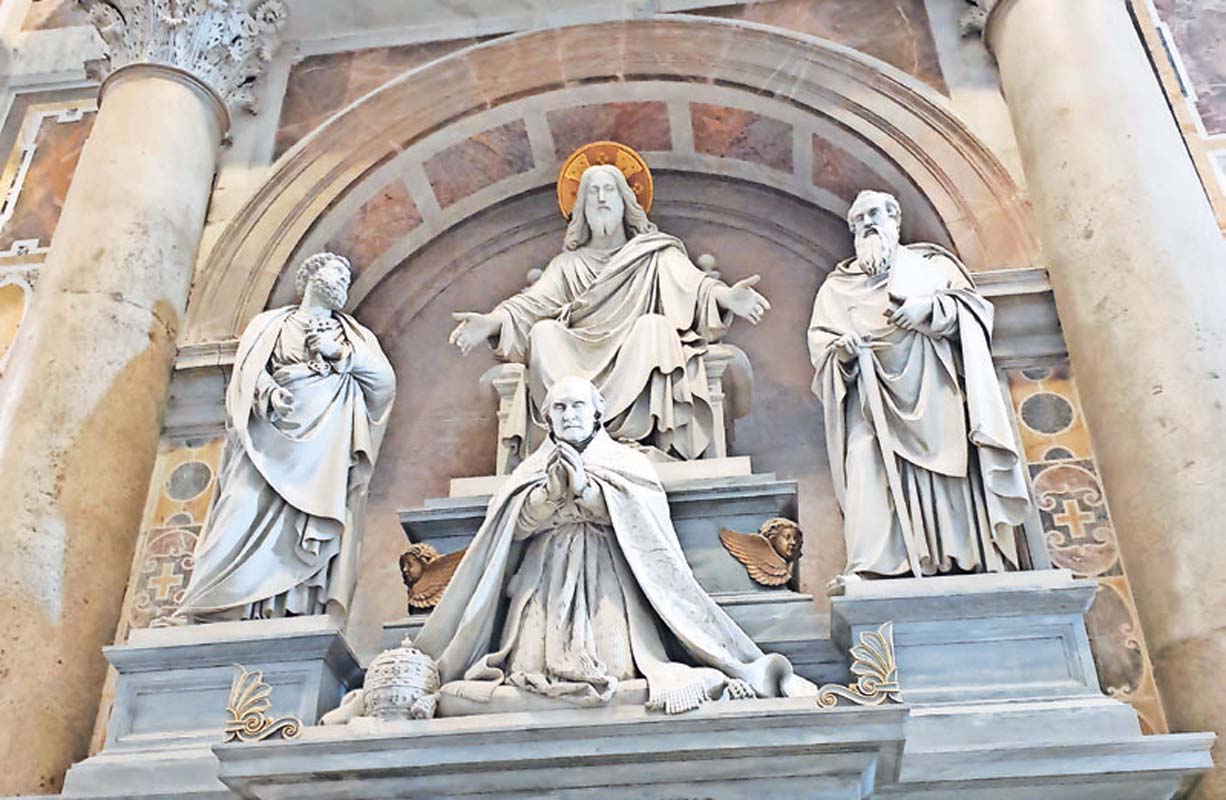
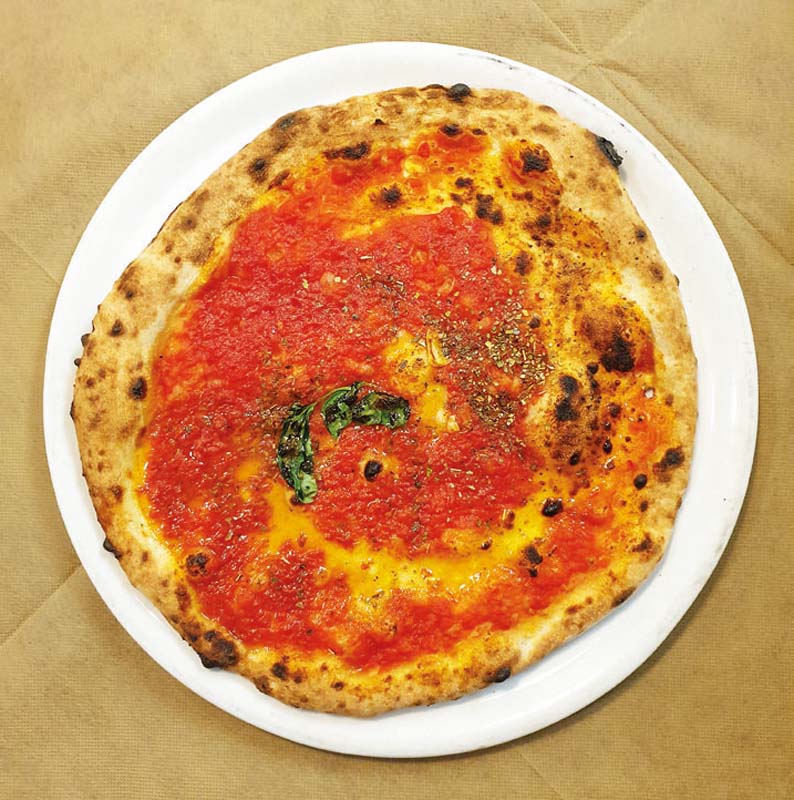
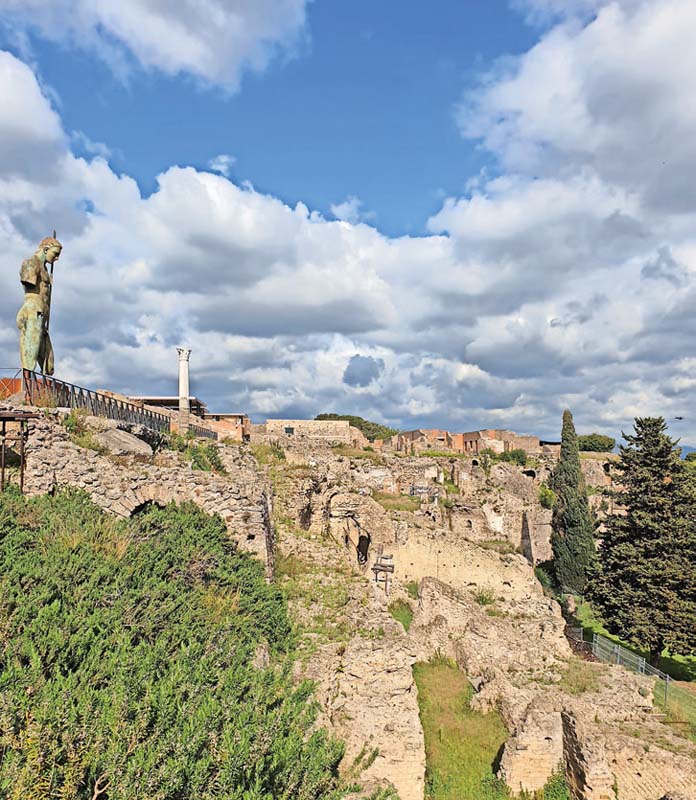
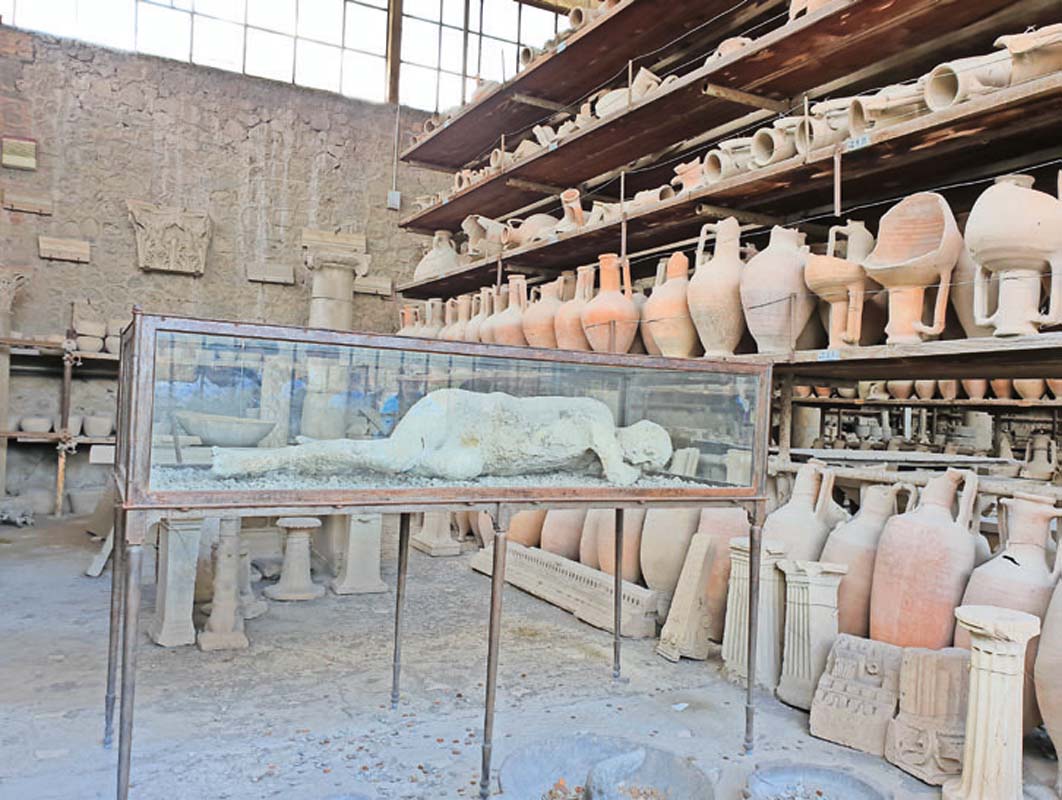
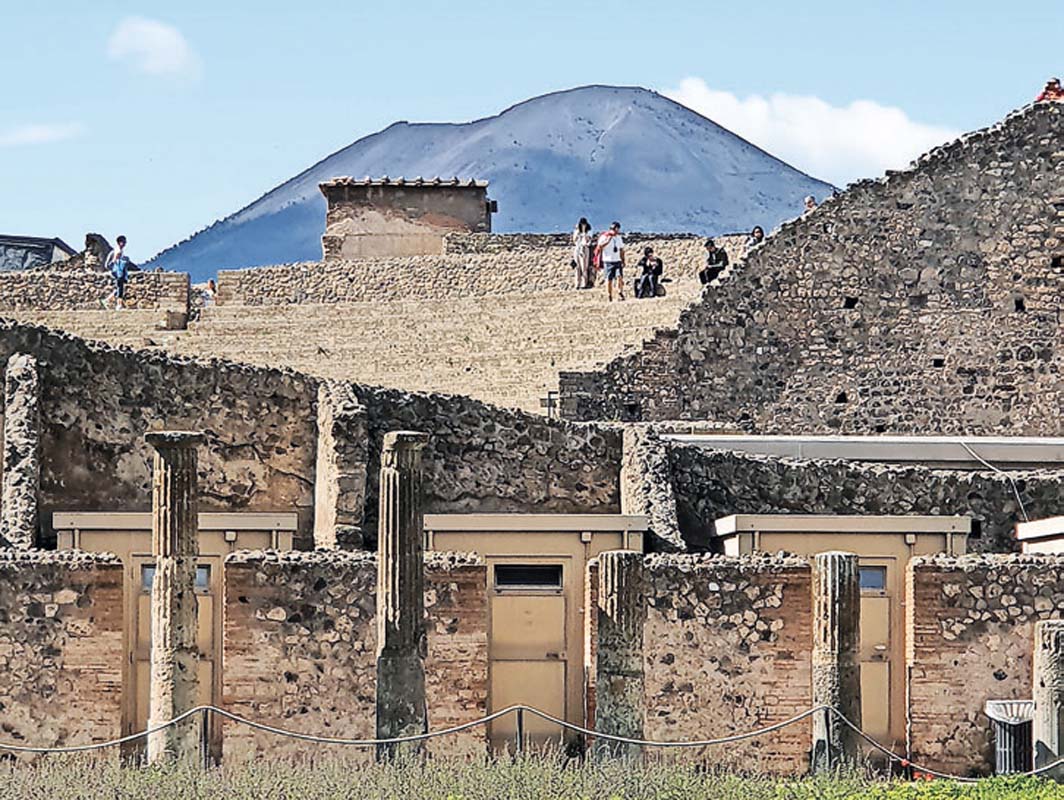
steeped in history and culture, Italy makes for a fabulous holiday destination. From the splendour of Rome, the waterways of venice, the art of Florence and so much more, Italy is a country of year-long delights. leading holiday specialist qwest destinations offers a specially curated Best of Italy guided tour which takes you on a journey to the heart of italy.
My week long journey to discover Italy with Qwest Destinations began in the picturesque city of Milan. Flying in to Malpensa Airport, within two hours of landing we were in the city ready to begin our guided tour of a cool city famous for its fashion.
Milan remains one of the world’s most beloved and important fashion capitals in the world. Dotted with fantastic architecture Milan is a busy cosmopolitan city which has lots to offer in terms of sightseeing and experiential travel. One of the most famous places in Milan that all tourists head to is the Galleria Vittorio Emanuele ll which is billed as one of the world’s first shopping malls and boasts stores ranging from Prada to Versace. A major landmark of Milan, the Galleria which opened in 1877 is housed within a four story double arcade in the centre of town.The beautiful shop windows displayed with exquisite merchandise is a haven for fashionistas from all over the world.
More architectural splendour is found in the Duomo di Milano. The largest church in Italy, and the fifth largest in the world, this cathedral took six centuries to complete. Constructed out of Candoglia marble this extravagant gothic cathedral is adorned with 3400 statues, 135 gargoyles and 700 figures. Occupying pride of place in the Piazza del Duomo, the Duomo di Milano is the first cathedral in the world to illuminate its windows from within so that at night, the sacred images can be admired from the outside. It is also said that the tabernacle above the choir, illuminated by a red light, contains a nail allegedly from the cross of Jesus.
Braving the crowds, a short walk away from this historic square is the Teatro alla Scala which is considered one of the most important and famous theatres in the world. Known as the ‘Temple of Opera’, La Scala has hosted many famous names in the world of music and theatre. Founded at the request of Empress Maria Theresa of Austria and designed by architect Giuseppe Piermarini, Teatro alla Scala was inaugurated in 1778 with an opera by Antonio Salieri, “L’Europa riconosciuta”.
Also of interest is the Castello Sforzesco, which was originally a Visconti fortress and later home to the Sforzas, the rulers of Milan who transformed it into a magnificent Ducal Palace decorated by some of the great artists of the time including Leonardo da Vinci. My day in Milan concluded by supping on a pizza while watching the chic and stylish Milanese get about their work.
After an overnight stop close to Milan, day 2 of our Italian odyssey began with a visit to Garda which is considered to be an iconic beauty spot helped in no small measure by its majestic lake filled with turquoise waters and framed with mountains all around.
The largest lake in Italy, Lake Garda’s vast size means there is a visible change from north to south. While the southern shores are calm and peaceful, dotted with beautiful villas and a quiet atmosphere, the northern shores get more wilder as it gets closer into the Alps. Adventurers and adrenaline junkies are drawn to Lake Garda due to the many opportunities it offers for parasailing, rock climbing, windsurfing and canoeing.
The various paths that run beside the lake offer a wealth of opportunities for ramblers and hikers and even mountain bikers. Diving too is also possible at certain dive points dotted around the area. There are a large number of beaches that line the lake’s shore and provide the perfect place to sunbathe and enjoy a quick swim in the clear and clean waters of the lake.
The lush environment, temperate climate and vegetation - mainly olive and lemon groves, palms, cypresses, oleanders and orange trees - along with the majestic landscapes form the background to make this lake one of the most beautiful lakes in Italy.
Surrounded by 25 charming villages, there are plenty of cafes and restaurants where you can rest while watching the beauty of the lake. In the past, Lake Garda was the choice of destination for great writers and painters who considered Lake Garda as their favourite holiday destination.
Architecture, history and art lovers are catered for by the numerous Borghi, castles, monasteries, monuments and museums lining the lake’s shores.
History lovers especially can marvel at the evidence of prehistoric settlements in the Valtenesi and on Monte Baldo, or the remains of Roman villas in Desenzano and Toscolano.
Equally charming are the Medieval castles and Scaliger fortresses, from which the Benaco and Sirmione towers rise up to dominate the scene.
There is a multitude of art to be found in the Romanesque abbey churches of Maderno, Sirmione and Bardolino, and in the neoclassical parochial churches of Bardolino and Cassone. The André Heller Botanical Garden with more than 2,000 plant varieties is also worth a visit. After taking in the beautiful vistas of Lake Garda it was time to get back on the bus and head for Venice, a two hour journey from Lake Garda.
Arriving in Venice, our tour group was shepherded onto a private water taxi and taken along the lagoon to our alighting point by San Marco. The capital of Italy’s Veneto region, Venice was founded 1,300 years ago on a coastal Adriatic island. By the turn of the last millennium, Venice was one of the Western world’s richest cities and viewed as Europe’s gateway to trade with the East.
Its concentration of wealth, power, and civic pride created a mix of styles and civilizations, making it one of the most cosmopolitan cities in its time. Filled with numerous canals and narrow walkways, Venice, a city built on water is truly a breathtaking sight. Majestic palaces and interesting vistas greet you at every corner.
Our first stop in Venice was the magnificient Piazza San Marco or Saint Mark’ Square in English. A UNESCO Heritage Site, Piazza San Marco is in the heart of Venice. It was established during the ninth century and is one of the most beautiful piazzas in the world. Napolean called it “the world’s most beautiful drawing room”. The Piazza is packed with famous buildings such as St Mark’s Basilica, the Doge’s Palace, the Museo Correr and the Campanile which is also known as the Basilica’s Bell Tower and the Torre dell’Orologio.
For those who wish to see sweeping views of Venice, an elevator whisks you to the top of the Basilica’s Bell Tower so that you can get that perfect photo. Another interesting sight to observe is the two bronze figures in the Renaissance-style top balcony of the Torre dell’Orologio (Clock Tower) who strike the hour.
Venice is also known for its Venetian glass. Skilled glassblowers would create ornate and intricate glassware which was highly prized all across the world. According to the Venetians, Venetian glass has been made for over 1500 years. However in 1291, the Venetian Republic became concerned about the fire hazards and instructed the glass blowers to relocate to the nearby island of Murano. There are still small businesses that engage in glass-making and offer guided tours of the process.
Venice is a city that has to be explored either by foot or by taking the vaporetto (water buses). A trip to Venice is incomplete if you do not go on a gondola ride. So make sure you explore some of the smaller waterways off the Grand Canal by gondola as they have some beautiful and quaint buildings.
On day 3 of our tour, a four hour drive south from Venice brought us to Pisa, one of the entry points to the divinely beautiful Tuscan region. Pisa is undoubtedly one of the most visited places in Italy as it is home to the Torre Pendente or Leaning Tower of Pisa which is located in Piazza dei Miracoli which also houses the Piazza del Duomo of Pisa, the Baptistry and the graveyard.
The 58m high tower which is officially the Duomo’s Bell Tower took 200 years to build and was already listing when it was unveiled in 1372. Weak soil caused the tilt to worsen until the government intervened and began a major programme to stabilise the tower. Yet another of Italy’s 54 UNESCO World Heritage Sites, this Duomo and complex was once referred to as one of Pisa’s architectural gems by the famous Italian poet Gabriele D’Annunzio.
The Baptistery on Piazza dei Miracoli is the largest in Italy and is greatly admired for the works of Nicola Pisano, who was considered the forerunner of Italian Renaissance sculpture. The Baptistery has two roofs built one on top of the other which has contributed to its acoustic perfection.
The Campo Santo (cemetery) is considered the most anonymous area on Piazza dei Miracoli. This cemetery is said to have been built around a shipload of holy soil imported from Golgotha. Inside the huge cloister with repetitive arches there are crumbling frescoes, a vast collection of Roman sarcophagi and relics of eleven of the twelve apostles, the True Cross, the Crown of Thorns and the dress of Virgin Mary.
It’s best to get there early to avoid the eager crowds who all seem intent to prop the leaning tower up... only just enough to have their photo taken!
After just over an hour’s drive from Pisa we arrived in the stunning city of Florence or Firenze as it is also known. The capital of the Tuscany region, Florence is a city blessed in abundance with history, art, architecture, culture and so much more. The streets are lined with beautiful buildings with period feaures. The juxtaposition of new and old sits well together. Designer stores replete with beautiful window displays line the streets while heavy wooden doors with ornate door knockers, statues and elaborate carvings all add character to this alluring city.
During ancient times, Florence was once a Roman city which developed into a thriving medieval commune. It is hailed as the birthplace of the Renaissance movement, and throughout the 12th, 15th and 16th centuries, was one of the most important cities of the world. Notable residents of Florence included Machiavelli, Lorenzo de’ Medici, Dante, Michelangelo, Donatello, Galileo and Raphael.
Arguably the most celebrated cathedral in the world, the Duomo as it is called in Florence is considered the jewel of the city. Constructed in 1436 its detailed front facade was only completed in the 19th century. The building is covered in white marble and red, pink and green polychrome design contributing to its majestic look. Its crowning glory is the huge bronze dome which sits atop the cathedral and remains one of the most photographed sights in Florence.
A short walk away from the Duomo is the Palazzo Vecchio which is considered to be the most important administrative builiding in Florence. Built in 1299 the Palazzo was designed by the same architects who worked on the Duomo and the church of Santa Croce. The Palazzo Vecchio is full of artists at work who are keen to paint portraits of tourists while the more serious amongst them have on display their reproductions of the architectural wonders of Florence.
There is also a collection of beautifully carved statues which document various historical stories of Italy. There is a also reproduction of the statue of David which occupies pride of place at the Piazza della Signoria. Another interesting location is the Ponte Vecchio which is a famous old bridge. Spanning the river Arno, the Vecchio Bridge is noted for the number of shops that are built into the sides of the bridge. Historial records indicate that the bridge dates back to 996 when butchers plied their trade, now the bridge is home to a selection of upmarket jewellery shops which sell a range of luxury jewellery.
After a restful night in Florence, on day 4 we drove down south to the Vatican City. Located in the heart of Rome, the Vatican City is ruled by the Pope who is also considered to be the Bishop of Rome. The Vatican is the smallest state in Europe and is the centre of authority over the Roman Catholic Church.
Within the Vatican there are numerous interesting attractions to visit, but the best are the following: St. Peter’s Square (Piazza San Pietro), St. Peter’s Basilica and the Vatican Museums, where the Sistine chapel is located.
St Peter’s Square or Piazza San Pietro is considered one of the world’s most famous squares. It was designed by Bernini during the seventeenth century, and can house over 300,000 people.
The most impressive part of the square, besides its size, are its 284 columns and 88 pilasters that flank the square in a colonnade of four rows. Above the columns there are 140 statues of saints created in 1670 by the disciples of Bernini.
In the centre of the square, the obelisk and the two fountains, one of Bernini’s, built in 1675 and another by Maderno, built in 1614 stands out. The obelisk, which is 25 meters in height, was carried to Rome from Egypt in 1586.
One of the most historic sites to visit is the St Peter’s Basilica, located in the Vatican City. St. Peter’s Basilica is one of the holiest temples for Christendom and one of the largest churches in the world. It is where the Pope presides many liturgies all year round.
The construction of the new basilica began in 1506, when the old basilica had been torn down, and was finished in 1626. It was consecrated on 18 November, 1626. The ornate works of art including the intricate mosaic work, the statues and wooden carving add a sense of majesty and beauty to the church.
The basilica was called St Peter’s after one of Jesus’s twelve disciples known as Saint Peter, who became one of the founders of the Catholic Church and was executed in Rome and buried where the Basilica now stands.
One of the most impressive parts of the Basilica is its incredible dome whose design was started by Michelangelo. The wealth of art by way of paintings and sculptures is an arresting sight. Security is heavy so be preraped to queue in order to get in.
With the visit to the Vatican under our belt it was time to follow our guide on a tour to explore the sights of Italy’s capital city of Rome also known as the Eternal City.
Our first stop was the Flavian Amphitheatre, better known as the Roman Colosseum which is one of Rome’s most remarkable monuments. The Colosseum, the main symbol of Rome is an imposing construction with almost 2,000 years of history. During the Roman Empire and under the motto of “Bread and Circuses” the Roman Colosseum allowed more than 50,000 people to enjoy its finest spectacles. The exhibitions of exotic animals, executions of prisoners, recreations of battles and gladiator fights kept the Roman people entertained for years. The Colosseum remained active for over 500 years. The last recorded games in history were celebrated in the 6th century.
Another landmark in Rome is the Piazza di Spagna better known as the Spanish Square which offers a magnificent example of Italian Baroque style architecture. Close by, is the Spanish Steps which is another popular tourist sight. Another must see attraction is the Pantheon of Agrippa, also known as the Roman Pantheon. This is one of the architectural masterpieces of the Italian capital. It is the best preserved building from ancient Rome. The construction of the current Pantheon was carried out during the reign of Hadrian, in the year 126 A.D.
Our day’s sightseeing in Rome concluded with a visit to the Trevi Fountain. Revered as the most beautiful fountain in Rome, the Trevi Fountain is also the largest fountain in the city. It is filled with ornately carved statues and legend has it that if you throw a coin into the fountain and make a wish it will come true. Here’s hoping my coin will bring me luck!
After spending the night in Rome we began day 5 of our tour with a trip to Naples. Throughout history Naples has been the site of several battles and many civilisations have competed to gain power here. The port in Naples is considered to be one of the most important in the Mediterranean and the city has one of the largest economies in Italy. Due to the extensive history of this region, Naples is full of historical buildings, squares and churches.
Amongst the colourful buildings, the Castel Nuovo stands out as a main feature in the landscape of Naples. An arresting sight, the Castel Nuovo is easily accessible and is one of the main historical sites in Naples. Created in 1282, the castle features 5 circular crenulated towers and a beautiful triumphal arch that was added at a later date.
The main square in Naples is the Piazza del Plebiscito which features the Royal Palace and the Basilica Royal. This open space comprises many important buildings and statues and is best used as the starting point to explore the rest of the city.
To the west of Piazza del Plebiscito is the area of Santa Lucia. Here you can enjoy an authentic experience of Naples and indulge in some people watching. This area has a warren of narrow cobbled streets that stretch down to the sea and are lined with craft shops, restaurants and cafes which afford tourists the perfect opportunity to sample local cuisine.
They also have a good shopping area with many high street stores and local boutiques which sell an interesting and ecclectic range of products which range from jewellery and shoes to clothes and bags. With free time thrown in, this was the ideal place to indulge in some retail therapy.
Given its close proximity to Naples, the historic city of Pompeii was the last stop of our Best of Italy tour. Built in the shadow of the iconic Mount Vesuvius, Pompeii was an ancient settlement that was considered to be highly advanced.
Curiously the inhabitants had no clue that they were living in the shadow of a volcano albeit dormant for over 1,500 years until it erupted in 79AD. Vesuvius not only erupted, but spewed enough lava which instantly covered the city. This meant that the buildings including the decorations and carvings along with its people were immediately fossilized.Pompeii was essentially forgotten for centuries, until the first archaeological explorations in the 18th Century when they unearthed the fossilised remains, it appeared as if they had been placed in a sort of time capsule, remaining in large part intact. During the excavations they also recovered the bodies of a man and woman and some animals fleeing the volcano.
These people ended up serving as the key to reconstructing the last moments of life of those who perished in the volcano. Today Pompeii is the most visited archaeological site in the world and is teeming with tourists all year round. Of particular interest are the Amphitheatre that once sat 500 people, the Casa del Fauno, the Temples of Apollo and Jupiter and the plaster casts of its victims. Yet another of Italy’s UNESCO World Heritage Sites, Pompeii needs at least half a day to explore in full.
From Pompeii you can also visit Mount Vesuvius. Steeped in history, Mount Vesuvius is considered to be a half natural monument, half symbol of the apocalypse; a mountain that connects the entire region with equal parts history, myth, and geology. Trek to the brim of the volcano and you will be rewarded with breathtaking views of Pompeii.
Pompeii was fittingly the final stop in our travels to explore Italy. After heading back to Rome for our final night we had the evening and morning free for shopping before boarding our flight at Fiumicino International Airport. Heading back I reflected on the Best of Italy tour by Qwest Destinations which saw us criss-cross our way from the north to the south of Italy exploring some of the most historic and breathtaking sights while experiencing a selection of Italian gastronomic delights which enhanced our Italian adventure.
Photographs: Tina Edward Gunawardhana
